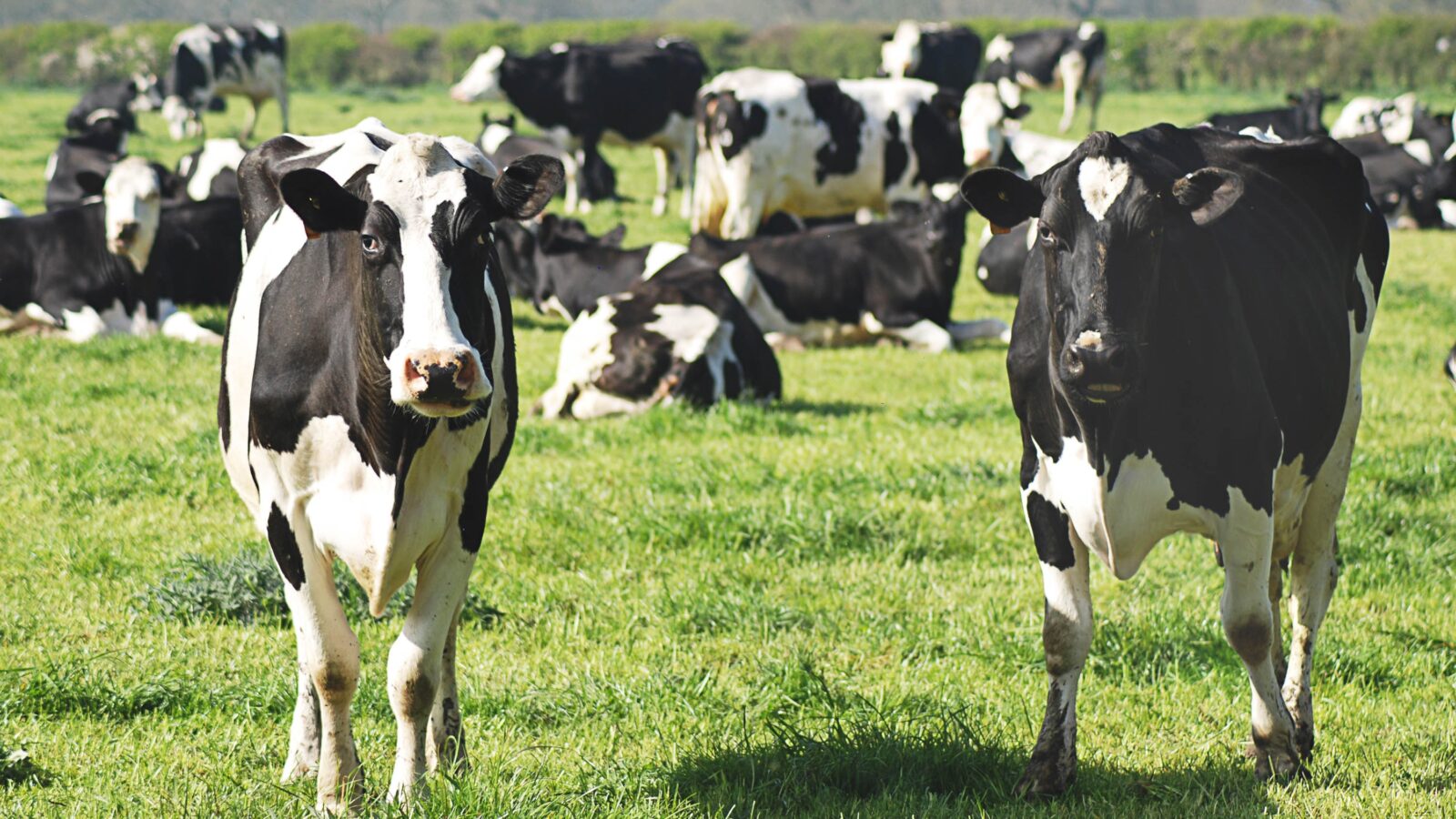
By: Bruce Knight
Every farmer knows that the key to producing the biggest crop is putting the best seed into the most fertile ground and ensuring that it receives the moisture, sunlight and nutrients required for optimum growth. For nearly two years, I’ve been emphasizing sustainable intensification, responsibly maximizing productivity while minimizing environmental impact through a systems approach to farming. That includes such strategies as double cropping, planting cover crops, improving energy efficiency and employing precision placement of nutrients.
Recently, at a dairy sustainability meeting, I was intrigued by a presentation Roger Cady of Elanco gave that suggested that exports could play a critical role in increasing food security and sustainability as the world’s population swells to 9.5 billion over the next 35 years. By sourcing products from areas with sustainable production systems and strong regulatory programs, it is possible to both increase production and reduce worldwide environmental risks.
Roger pointed out that on a global basis, there is 14 percent less cattle sourced milk per person today than in 1961 even though dairy productivity has doubled over the past 50 years. Why that mismatch? Population growth.
And in most of the world, increased food production has come from adding more farmland or in the case of milk, more cows. We cannot afford to keep adding cows in order to increase supply as it simply increases the water and carbon footprint of keeping them alive. The key to sustainable intensification is to produce food (in this case milk) more efficiently. After all, not every cow is created equal. Some breeds are better milk producers. Some herds get better food. Some get better care. Some get better management. Some have better living conditions. On the other hand, some effective land and herd and feed management practices that are better suited to supporting more cows who produce more milk are simply not possible in some places.
For example, Roger cited the U.N.’s Food and Agriculture Organization findings that Asia has 41 percent of the dairy cows worldwide, but produces 27 percent of the milk. Likewise, Africa has 20 percent of the cows, but they contribute five percent of the milk supply. Yet Europe with 15 percent of the cows produces 35 percent of the world milk supply while North America’s four percent of cows provide 16 percent of the global milk.
What really caught my attention was Roger’s analysis of the environmental impact of dairy cows around the world. Two things stood out. First, for the most part, each cow’s output of waste will be similar, although cows fed some grain will produce less methane than those with diets composed solely of roughage from grazing. Second, if one really good cow that is well cared for can produce as much as two average or poor cows with less than optimal management, then that’s half the waste for the same production.
For me, that’s a strong case for sustainable exports. High production per dairy cow reduces waste per gallon of milk produced, and better waste management further reduces environmental impact. It stands to reason that this may apply to other sectors of agriculture as well.
Nations with high-producing cows and opportunities to expand production can substantially contribute to improving diets and meeting the increasing demand for protein in countries with growing middle class populations, such as China and India. According to Elanco’s estimates, U.S. exports are already reducing the carbon footprint of global milk production and will likely continue to do so.
For some countries, sustainability, at least for milk production, may involve importing more rather than expanding local production. Boosting dairy herds in areas with fragile ecosystems such as rain forests or poor mountain land could degrade water supplies, increase erosion and reduce wildlife habitat. That’s not the way to go.
Buying local is very popular today. But it is not always the most sustainable strategy. Sometimes the greatest cost-savings and the least environmental impact comes from buying from the most efficient, environmentally conscious producer. For a child in China that could be milk from a dairy farm in Wisconsin.
As we continue to examine opportunities to increase production to feed a growing world population, sustainable intensification may very well mean sustainable exports. It’s a concept worth further exploration.


